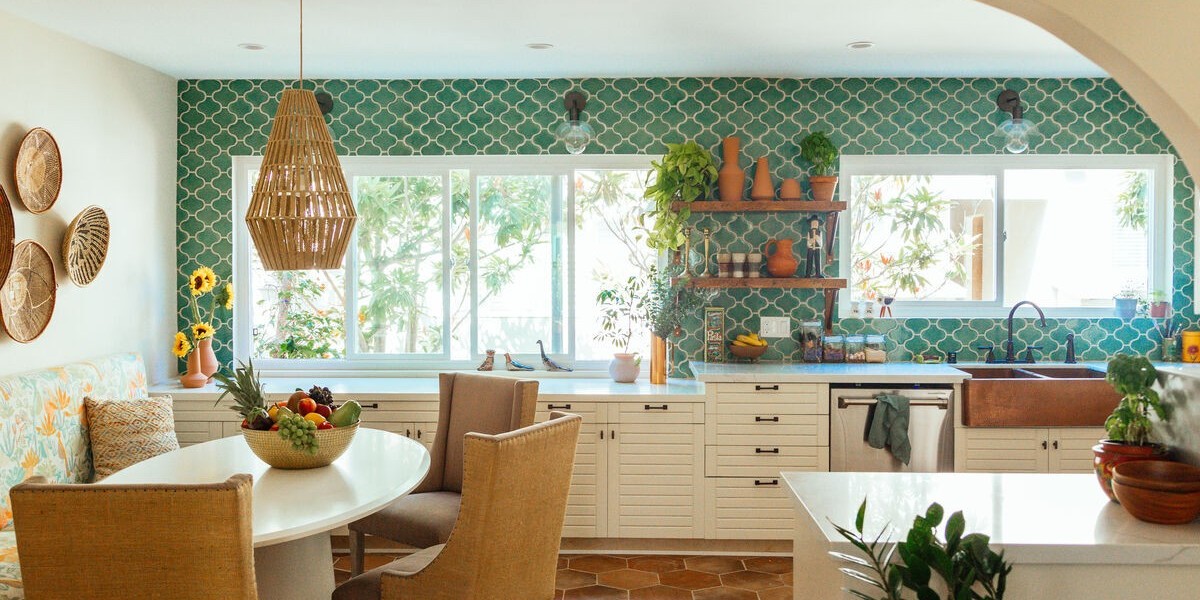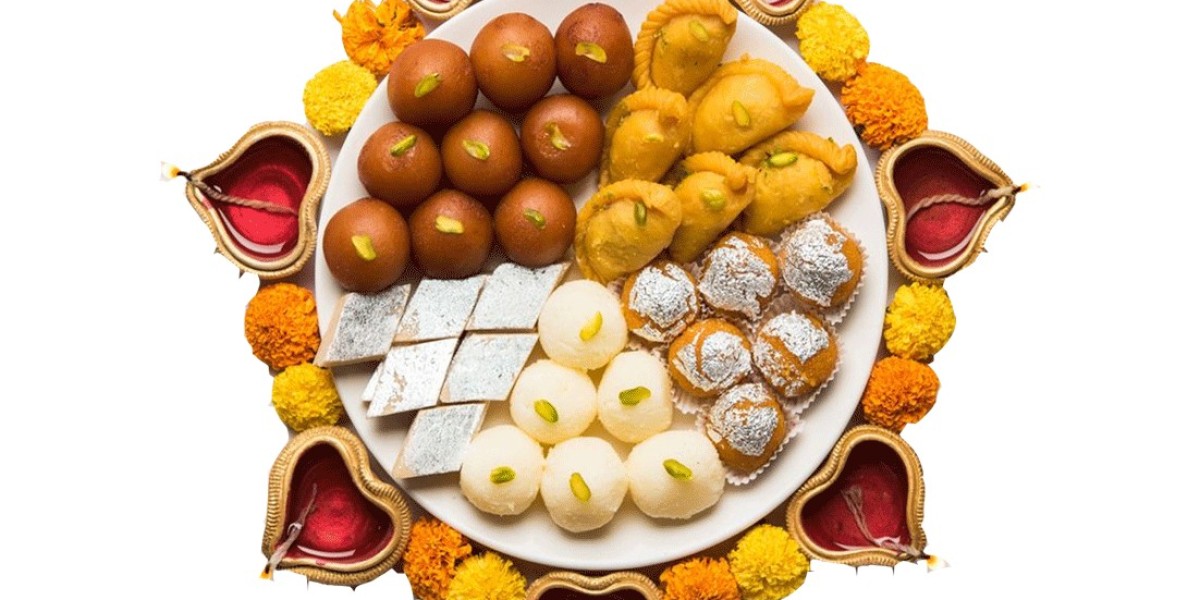Moroccan tiles are renowned for their complex geometric patterns and bold use of color. Often featuring intricate star shapes, interlocking motifs, and arabesque patterns, these designs are inspired by Islamic art and architecture. The patterns are visually stunning and carry deep symbolic meanings, often representing infinity, unity, and the natural world.
The rich color palette of Moroccan tiles is another defining feature. Shades of cobalt blue, deep green, terracotta, and vibrant yellow are often combined to create striking contrasts and vibrant visual effects. The colors are typically derived from natural pigments, giving the tiles an earthy, authentic feel that enhances their artisanal quality.
Moroccan tiles are traditionally made from clay, which is hand-painted and then glazed to achieve a glossy, durable finish. The craftsmanship involved in creating these tiles is meticulous, with each piece being a unique work of art. This handmade quality adds a sense of authenticity and warmth to any space where Moroccan tiles are used.
Design Applications of Moroccan Tiles
1. Flooring: One of the most popular uses of Moroccan tiles is as flooring, where they can transform a space with their intricate patterns and vibrant colors. Whether used in a grand foyer, a kitchen, or a bathroom, Moroccan floor tiles create a statement that is both elegant and exotic. The durability of these tiles also makes them a practical choice for high-traffic areas, ensuring that their beauty will last for years.
2. Wall Features: Moroccan tiles can be used to create stunning wall features, whether as a full wall covering or as an accent. In living rooms or dining areas, a feature wall adorned with Moroccan tiles can serve as a focal point, drawing attention and adding a layer of sophistication to the space. In bathrooms, Moroccan tiles can be used in showers or as a backsplash, bringing a touch of luxury and creating a spa-like atmosphere.
3. Backsplashes: Moroccan tiles are also an excellent choice for kitchen backsplashes. Their intricate designs add depth and visual interest, making the kitchen a more inviting and dynamic space. The glossy finish of the tiles also makes them easy to clean, adding to their practicality in a kitchen setting.
4. Outdoor Spaces: The versatility of Moroccan tiles extends to outdoor areas as well. They can be used to create beautiful patios, garden pathways, or pool surrounds, adding a touch of Mediterranean charm to your outdoor living spaces. The vibrant colors and patterns of Moroccan tiles can make outdoor areas feel more connected to nature, creating a harmonious and serene environment.
5. Furniture and Decor: For those who want to incorporate Moroccan tile designs on a smaller scale, these tiles can be used in furniture and decor. Consider using Moroccan tiles to top a coffee table, frame a mirror, or create a decorative panel. This allows you to enjoy the beauty of Moroccan design without committing to a full renovation.
Why Choose Moroccan Tile Designs?
The primary reason to choose Moroccan tiles is their ability to transform a space. The intricate patterns and bold colors can completely change the look and feel of a room, making it more vibrant, sophisticated, and unique. Moroccan tiles are not just a design choice; they are a statement of style and cultural appreciation.
In addition to their aesthetic appeal, Moroccan tiles are also incredibly durable and easy to maintain. The glazed finish protects the tiles from wear and tear, ensuring that their beauty will endure over time. This makes them a practical choice for both residential and commercial spaces.
Moroccan tiles also offer versatility in design. Whether you want to create a traditional, exotic atmosphere or add a touch of global chic to a modern interior, Moroccan tiles can be adapted to suit a variety of styles and preferences. The wide range of patterns, colors, and applications means that there is a Moroccan tile design for every taste and project.
Conclusion
Moroccan tile designs are a timeless choice for anyone looking to add beauty, elegance, and cultural richness to their space. With their intricate patterns, vibrant colors, and versatile applications, Moroccan tiles can transform any area into a work of art. Whether used on floors, walls, or as decorative accents, these tiles bring a sense of history, craftsmanship, and artistry to any home or commercial space. Embrace the exotic charm and timeless appeal of Moroccan tile designs to create a truly unique and inspiring environment.








